After listening to experts speak at the Global Water Futures online conference, and reading National Geographic’s December 2020 freshwater focus, I needed to make this week’s blog about water.
And really—every week should be about water. Because what’s happening truly does deserve that level of attention.
I had the opportunity to participate as a panelist at the Designing the Canada Water Agency: What We Have Heard webinar to discuss why it’s so important to understand what the Canada Water Agency could do to further protect our country’s freshwater. I spoke on why we need to bring attention to the disconnect between potential solutions and what is transpiring on the ground at the local level—highlighting the need for an agency that can facilitate this last mile when it comes to protecting our freshwater resources.
So, for a bit of background info…
The Government of Canada, through Environment and Climate Change Canada and support from Agriculture and Agri-food Canada, is seeking public input on freshwater challenges in Canada and how a Canada Water Agency can further protect Canada’s freshwater resources.
This week’s GWF webinar presented insights from water and climate scientists, water governance and policy experts, Indigenous knowledge holders, and water managers in federal, provincial, territorial, and regional agencies—all to discuss what we need to achieve in order to ensure water security for all Canadians.
Water security effects every single Manitoban and every single Canadian.
As a member of the Province of Manitoba’s expert advisory committee on climate, I feel very fortunate to have the opportunity to participate in developing a framework for an updated Manitoba water strategy.
I feel this is a tremendous opportunity to protect our most precious resource, and the Province of Manitoba representatives are showing great leadership in making a water strategy a priority for 2021.
As Manitoba continues to work on this strategy, and as the Canada Water Agency continues to take shape, there is a great opportunity to collaborate and create better outcomes for all—I look forward to its progress and its promise.
Why now?
Because Canada is facing new and intensifying water challenges in the 21st century that demonstrate the need for a new approach to freshwater management. Addressing these challenges and ensuring that Canada’s waters are healthy, sustainable, and resilient to climate change requires modernized federal freshwater leadership.
Simply put: establishing a Canada Water Agency is a crucial first step to transforming the way water is managed across the country.
To shed a little light on just how important discussions like this are, let’s reference some facts from National Geographic’s December 2020 issue.
- Almost 40 million Canadians and Americans live in the Great Lakes watershed, using these waters for drinking, fishing, transporting goods, farming their shores, and for work purposes—all of which depend on the health of the lakes.
- The fertilizers we use to grow the corn we feed to the animals we eat and to make the biofuels we pump into our vehicles have contributed to the resurgence of algal blooms so large they can be seen from space. And with our ongoing emission of greenhouse gases, we’ve even managed to reengineer the weather over vast stretches of the Great Lakes watershed, increasing the frequency of severe storms.
- A massive algal bloom carpeted western Lake Erie in the summer of 2019. At its peak the bloom covered more than 600 square miles. The blooms can release toxins into the water that blister skin and damage the liver. Once rare, they now occur almost every summer.
- Diatoms—a type of algae with rigid cell walls made of silica—pump oxygen into the lakes. Without them, the lakes would suffocate and likely starve. If the diatoms are healthy, everything else in the lakes will be too.
- Invasive species of mussels, introduced by oceangoing vessels, present a great threat to diatoms, causing their numbers in Lake Erie to plunge by 90 percent in the past 35 years. The equivalent loss of other keystone plants with higher profiles—the grasses of the African savanna, say—would make global headlines. But diatoms don’t get much press.
- Without more stringent restrictions on phosphorus runoff, algal blooms will become a permanent fixture. Scientists predict that if current trends continue, the occurrence of blooms will double by 2040.
Water security effects every single Manitoban
Every single Canadian
Every single person on this planet.
You don’t have to be a government leader or environmental CEO to help create the positive changes our province is working toward. Learn more about what you can do to help preserve and restore our freshwater from visiting the Global Water Futures or Lake Friendly websites.



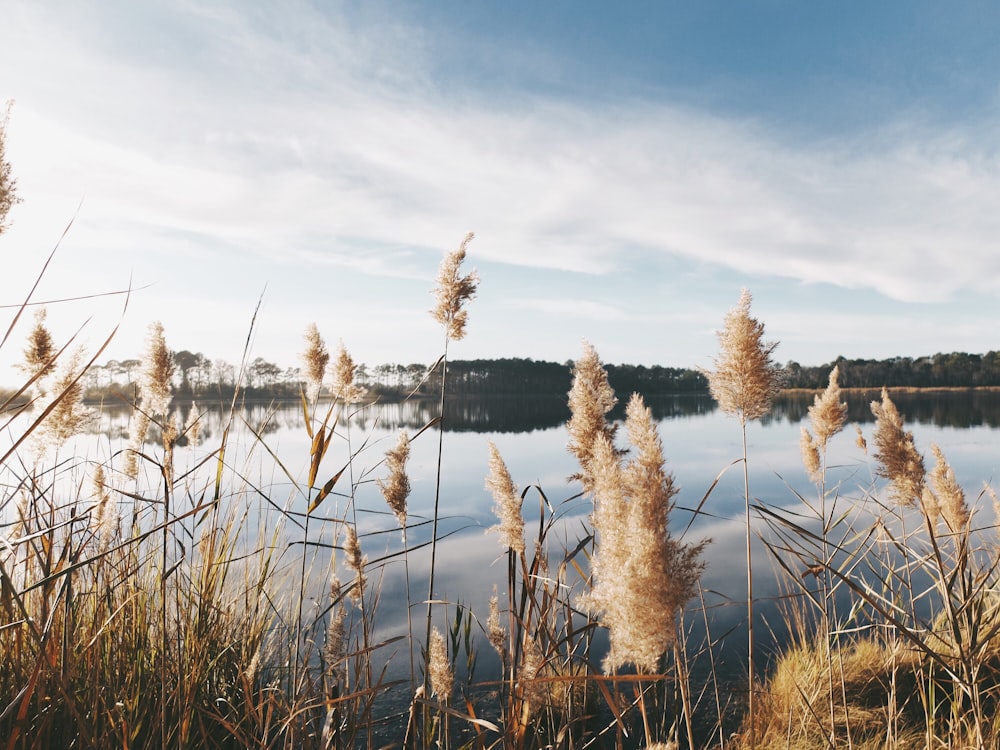
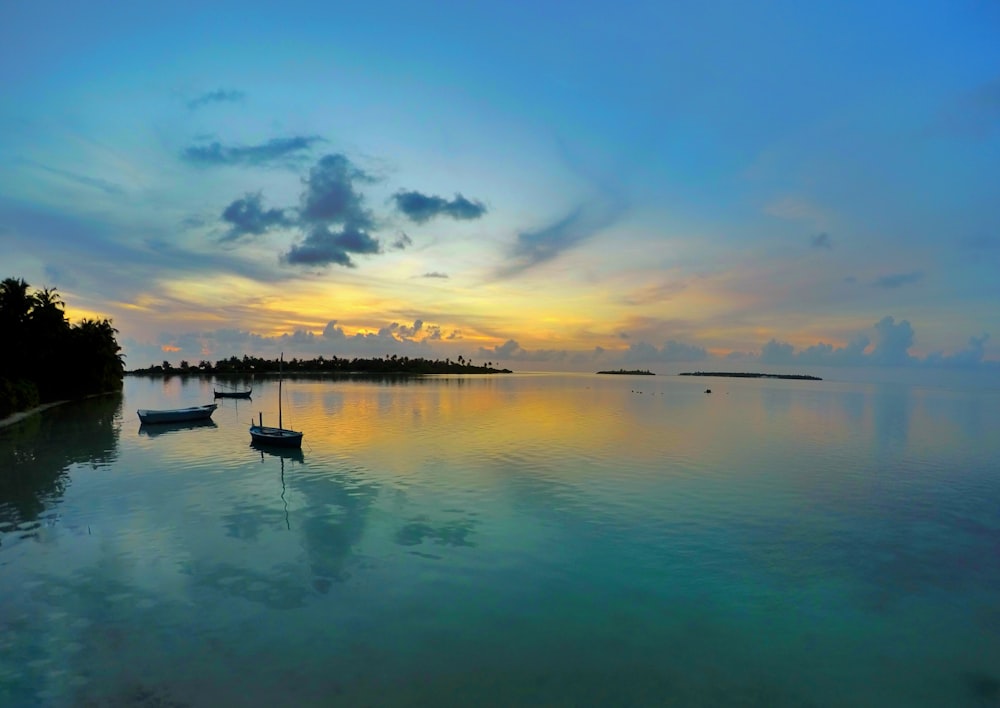
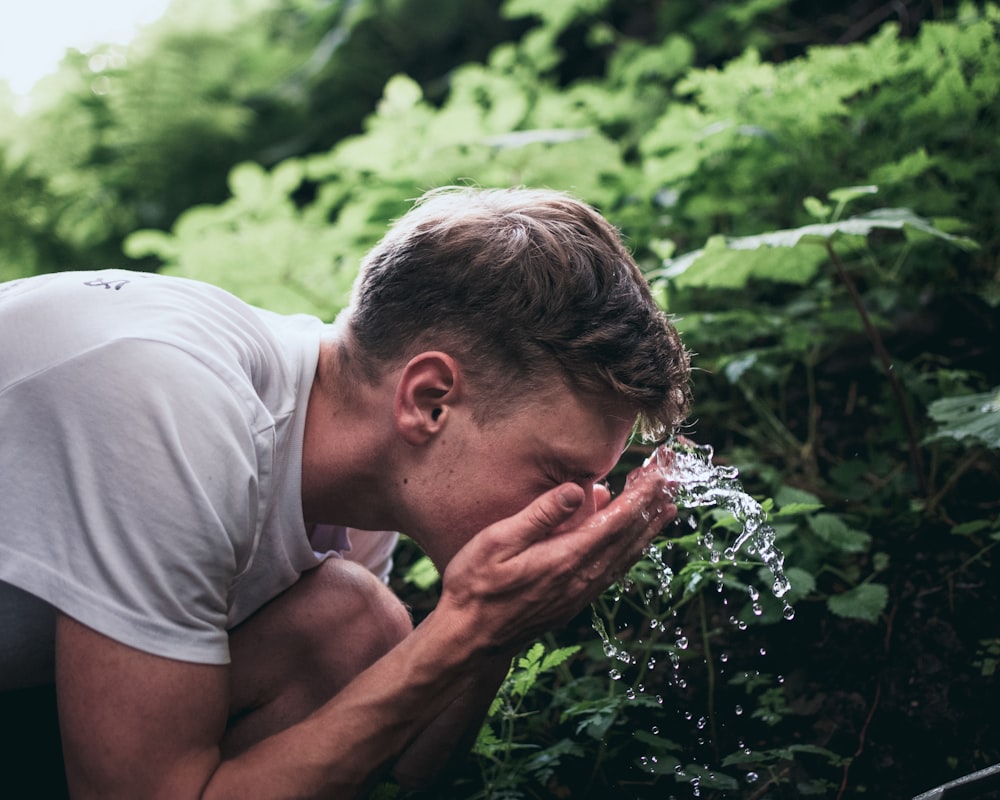
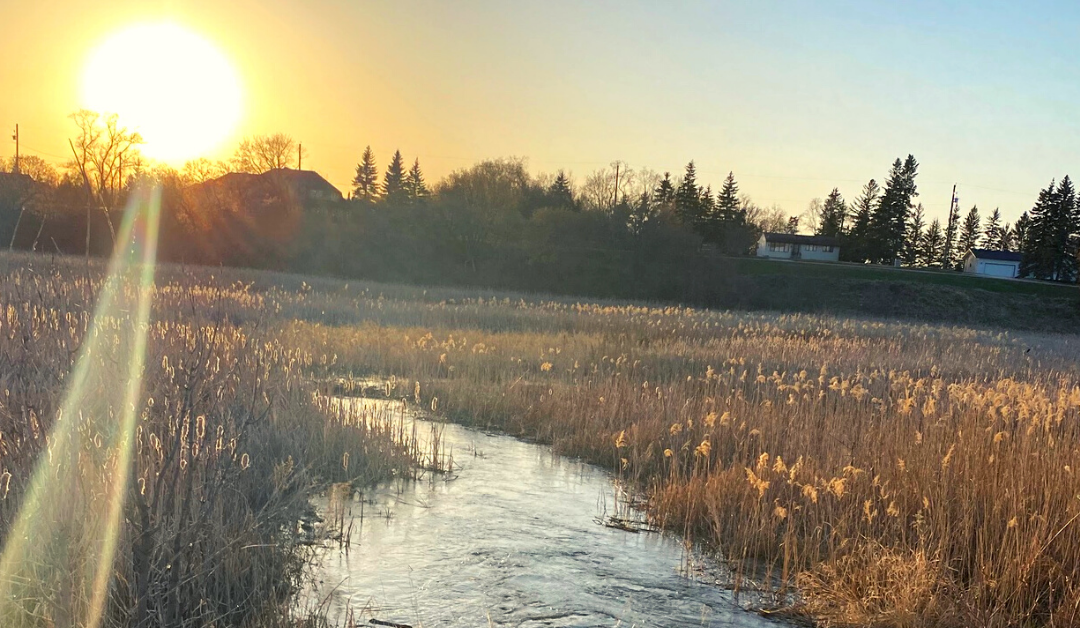
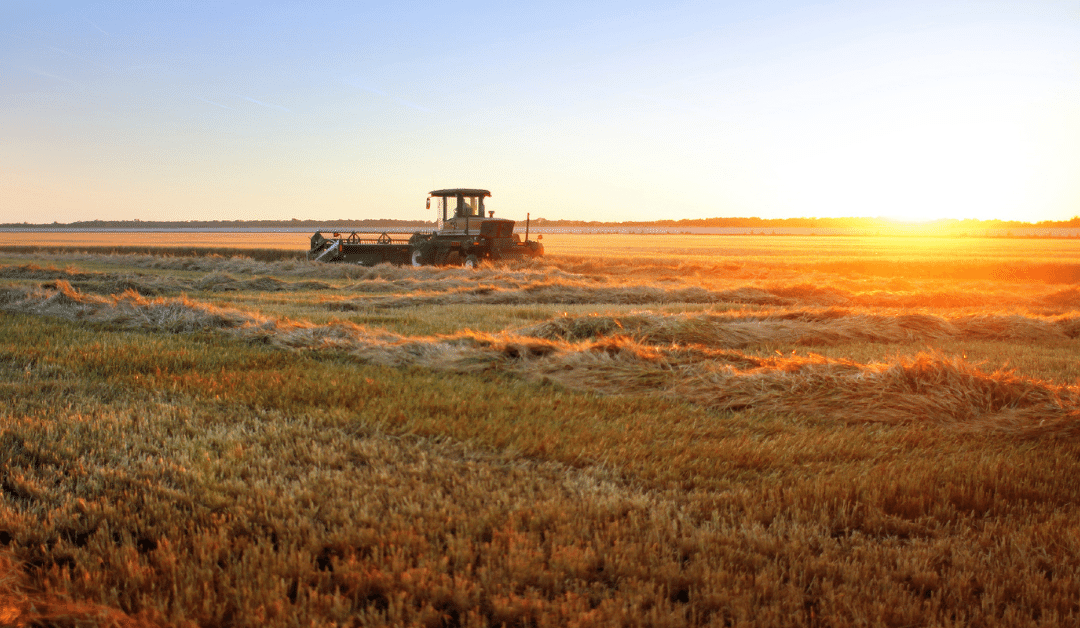


0 Comments